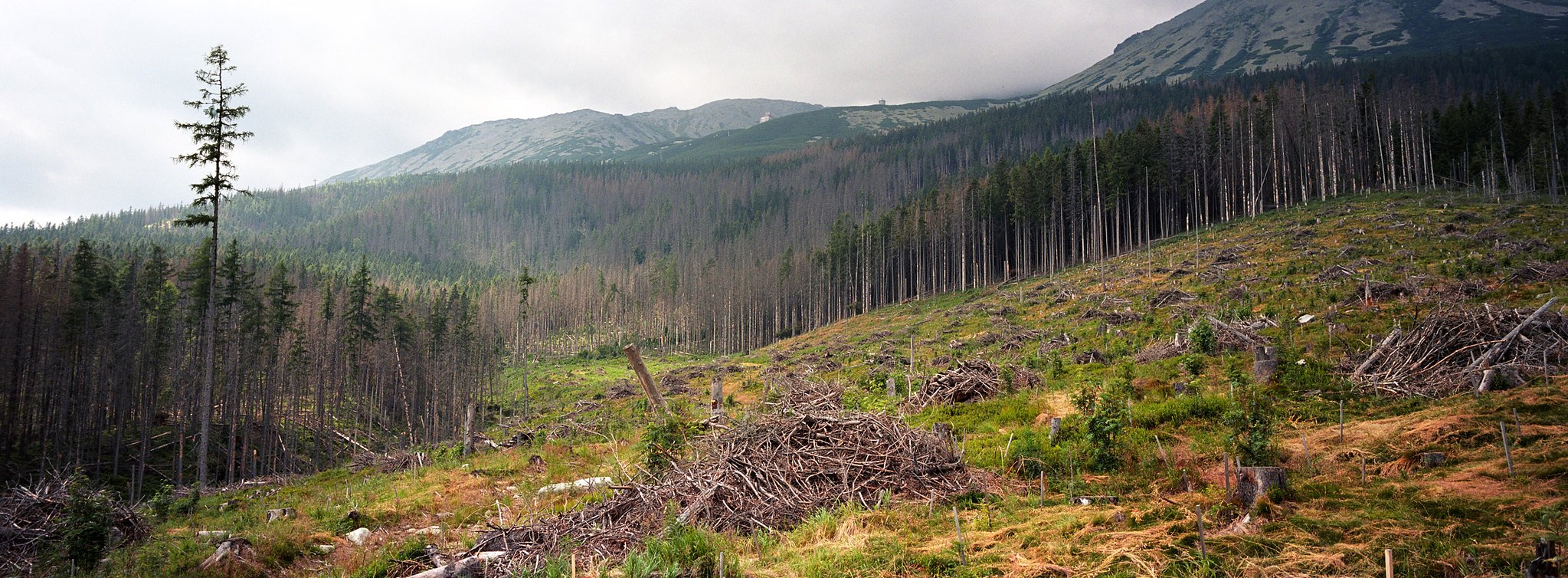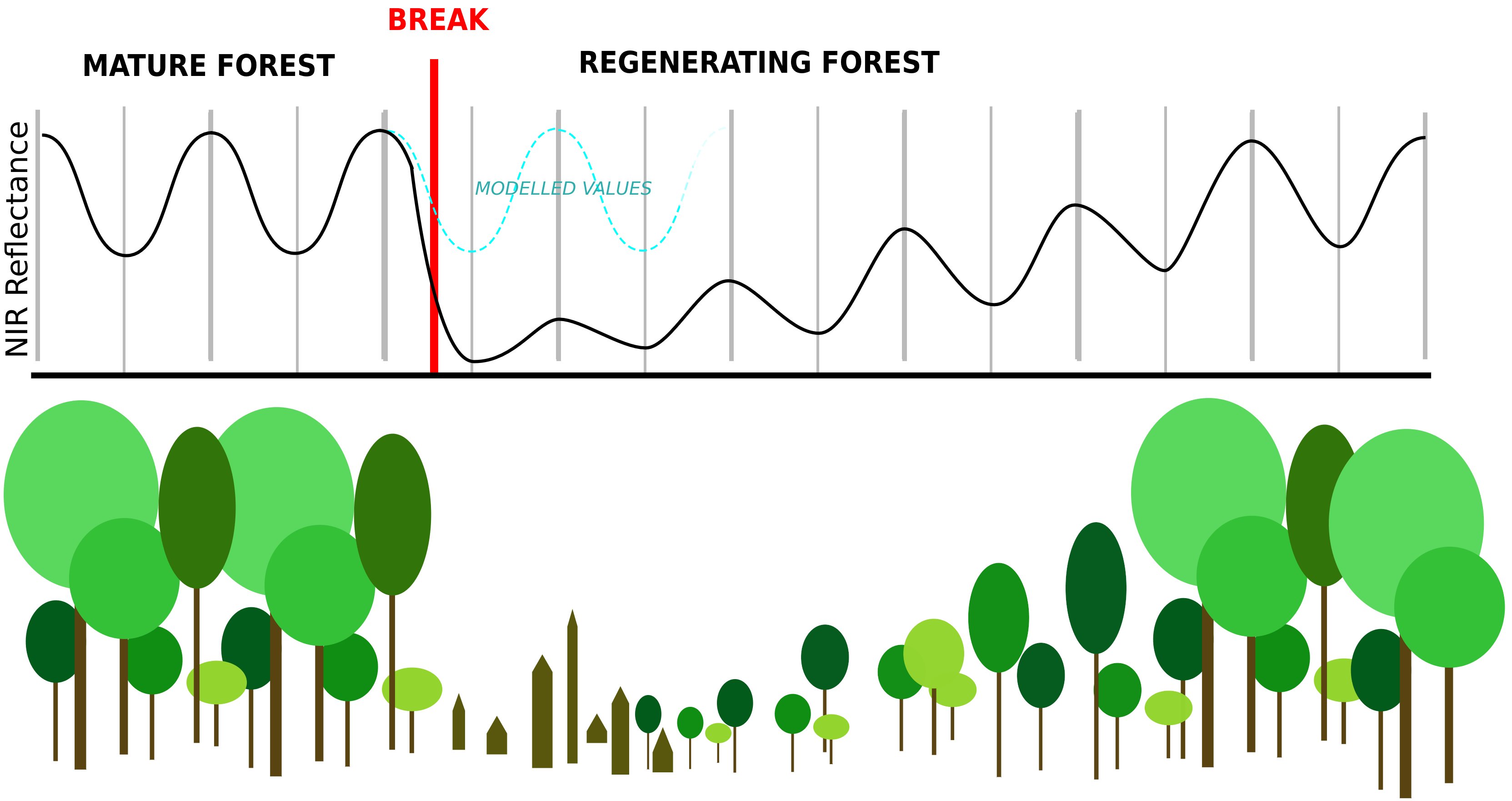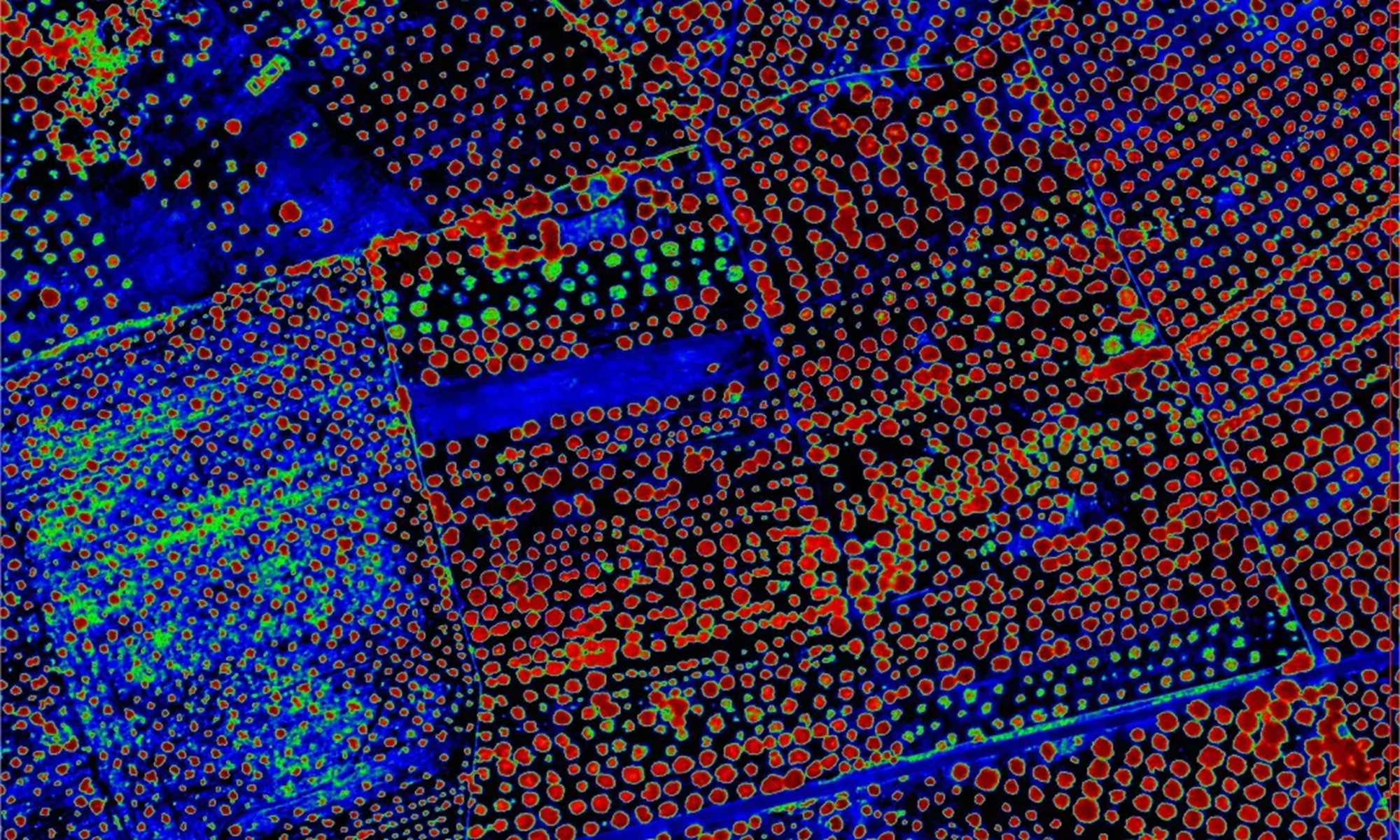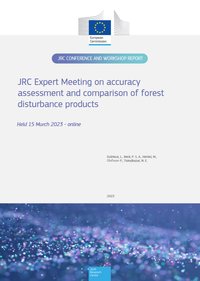Forest disturbances are increasing in Europe (Seidl et al. 2014, Patacca et al. 2022). As the climate changes further and the distribution of biomes shifts globally, disturbances are likely to mediate the global redistribution of forest ecosystems (Hartmann et al. 2022). This shift in forest disturbance regimes will compromise several ecosystem services that society relies on. For example, forest disturbances have an immediate impact on the EU’s ability to reach its climate targets as they modify the carbon sink that forests provide (Korosuo et al. 2023).
Forest fires are operationally monitored in the EU, through the European Forest Fire Information System EFFIS that the JRC developed and now runs operationally as part of Copernicus.
For other forest disturbances, such as wind storms, insect outbreaks, diseases, droughts, or logging, there are no dedicated services that map them operationally across Europe; the much-used Hansen et al. 2013 Global Forest Change dataset maps tree cover loss annually across the globe but does not attribute the losses to causal factors and has consistency-issues (Palahí et al. 2021). Senf & Seidl 2021 attributed tree cover loss mapped using Landsat data in the period 1986-2016 to either fire or storm events and Sebald et al. 2021 to wind, bark beetles, or timber harvesting, in Europe and Central Europe, respectively. Other studies further show the potential of remote sensing to monitor individual disturbance types at local scales (e.g., Junttila et al. 2022, Dutrieux et al. 2021, Huo et al. 2021).
On this page
- Collecting and sharing reference information
- Facilitating the analysis of satellite time series for disturbance detection and monitoring
- Combining Earth Observation and process-based models
- Expert Meetings

|
Collecting and sharing reference information |
|
|
One obstacle to leveraging remote sensing more effectively for comprehensive forest disturbance monitoring is the scarcity of high-quality reference data needed to develop and test algorithms over large regions (Dutrieux et al. 2023 Hwang et al. 2023). To help address this, the JRC coordinates collaborative efforts of researchers and institutions to share their reference data on forest disturbances in Europe:
To contribute data to either, you can contact us at JRC-DEFID2@ec.europa.eu and consult the DEFID2 Protocol and FORWIND Protocol. All data contributors are properly acknowledged as part of the DEFID2 and FORWIND initiatives. The DEFID2 databases can be easily accessed and queried through a dedicated R package developed at the JRC: defid2R The package ensures you access the latest version of the sqlite database that is publicly available at: https://jeodpp.jrc.ec.europa.eu/ftp/jrc-opendata/FOREST/DISTURBANCES/DEFID2 Geopackage vector files providing a simplified representation of the database for visualisation in a GIS are available at the same URL. FORWIND is available as a shape GIS file at: https://doi.org/10.6084/m9.figshare.9555008 The FORWIND and DEFID2 databases are complementary to the Database on Forest Disturbances in Europe DFDE coordinated by the European Forest Institute EFI, that has a broader scope but puts less emphasis on the precise geolocation of disturbance events. An earlier literature review by Caudullo and Barredo 2019 compiled georeferenced records of drought and heat-induced tree mortality in Europe. |
 |
|
Facilitating the analysis of satellite time series for disturbance detection and monitoring |
|
|
Satellite images can be used to map forest disturbances that disrupt the normal seasonal cycle of an intact forest. Several algorithms have been developed to analyse satellite image time-series every time they are updated to detect such disturbances in near-real-time. However, comparing these algorithms, or running them at scale, was not always easy, because they were implemented differently. Now, the nrt Python software package lets users run a suite of such monitoring frameworks in a fast and scalable way for both exploratory and operational use. With nrt, users can currently implement and compare the performance of five different near-real-time monitoring frameworks. The Python package is extensively documented and contributions to its further development are welcomed through the nrt github repository. Based on this package, a Python tutorial presents how to manipulate online satellite image time series, analyze signal variations through graphs, optimize methods parameters, detect and map possible anomalies. For this, we take the example of forest diebacks due to the proliferation of bark beetles in recent years in a large part of Europe.
|

Near-real time disturbance detection using time series looks for breaks from modelled seasons patterns in forest reflectance. The nrt Python package implements several aglorithms that rely on this concept. © European Union, 2022; Jonas Viehweger. |
|
Combining Earth Observation and process-based models |
|
|
For quarantaine plant pests, the early detection of new infections is particularly important. Therefore, we have researched how the early stages of plant stress, that might be caused by plant pathogens, can be spotted in Earth Observation data, be it from satellite or the air (e.g., Zarco-Tejada et al. 2018a, 2018b, 2021). We also work to integrate remote sensing into spatial epidemiological models to better map and track the spread of plant pest epidemics (Camino et al. 2021), co-organizing a satellite event on the topic at the 12th International Congress on Plant Pathology (ICPP 2023). |

A hyperspectral aerial image of olive groves in Apulia, Italy, infected by the quarantine plant pest Xylella fastidiosa. |



